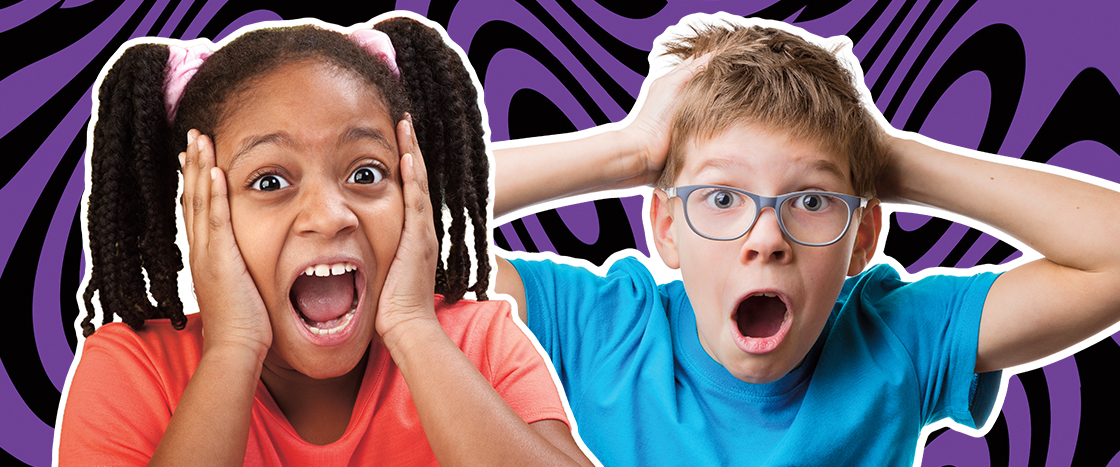Your heart races. You start to feel dizzy. Your palms sweat. A threat is coming! Fear is your body’s way of preparing you for danger. It’s gearing you up to run or fight. Sometimes the danger is real. Sometimes it’s not. Sometimes, like when you watch a scary movie, fear feels exciting! Read on to learn fascinating facts about fear.
Your heart races. You start to feel dizzy. Your palms sweat. A threat is coming! Fear is one way your body prepares for danger. It helps your body get ready to run or fight. Sometimes the danger is real. Sometimes the danger is not real. Sometimes, like when you watch a scary movie, fear feels exciting! Read on to learn cool facts about fear.

